Sound performance
For the purpose of this review, I paired the FiiO Q5S-C with my good old Onkyo IEC-3, the FiiO FH3, FA9 and my trustworthy Audeze LCD-X . 50% were FLAC files, 50% Spotify in high-quality streaming.
The source? A computer, my iPhone (11), and the FiiO M11 Pro.
Overall Signature
Obviously, the FiiO Q5S-TC sounds A LOT like the FiiO Q5S.
The double AK4493 gives a flat response from top to bottom. There is no bump unless you activate the bass-boost effect, which gives a +4dB boost from the lowest point to the 100Hz wall. It also lowers the curve from 1000Hz to 20kHz by 1dB, not much but definitely audible with the Meze 99 Classics.
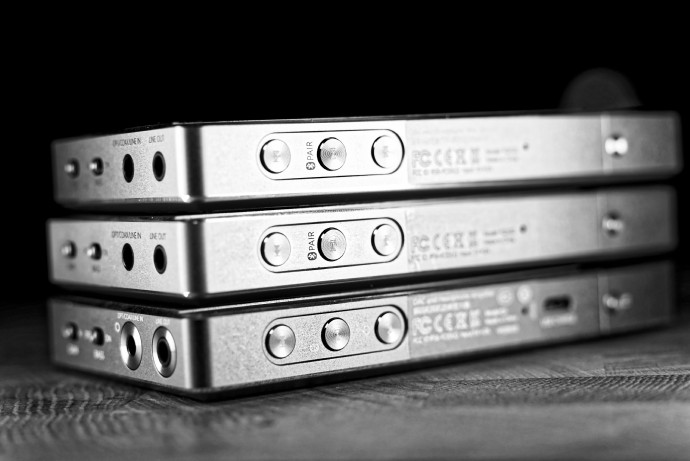
In case you haven’t listened to any of the modern FiiOs, you’d be surprised to find out that the previous mid-focused signature is now gone. The FiiO Q5S is very neutral, with a wide sound stage and great layering: you can spot each instrument and each singer with ease and there is no channel imbalance to ruin the experience.
It’s precise and dynamic, so bad recordings are not welcome as the experience will turn out for the best. There are small improvements here and there: better dynamics overall, better bass control, and smoother higher-mids. These last quirks are the easiest ones to spot in the long run, especially with techno tracks like Dre from Solomun.
The FiiO AM3D sounds as good as the AM3E, but it seems flatter and wider. To nobody’s surprise, it’s very, very, close to the FiiO M11 Pro. If you put the volume at the same level, on the same, the similarity is even more striking, and that’s great! The soundstage is even wider, taller too, which leads to astonishingly good results with a mix like Money from Pink Floyd or Bad Guy from Billie Eilish.
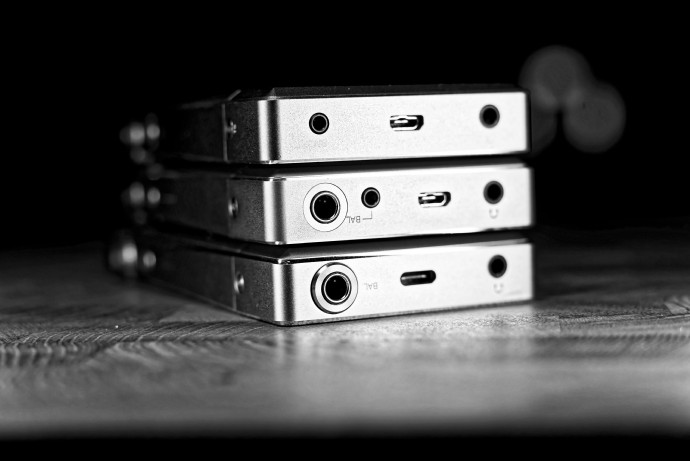
Hiss / Power / Balanced
The FiiO Q5S-TC is not hissy, or at least not on 99% of the ears/headphones available on the market. Only my old Onkyo IE-C3 could catch a thin residual noise when the DAC was used in Bluetooth. When connected with a coax/optical source, the problem didn’t occur, so again: use the wired connection when/if you can.
Regarding the power, the Q5S-TC packs a lot of it, even if you won’t find any difference compared to the previous model. Bass is tighter, but it doesn’t go deeper, it’s a subtle upgrade, even more on lower-end headphones, whereas cans like my LCD-X seems to really enjoy the improvement.
If some devices just feel more powerful when used with the TRRS output, the FiiO Q5S feels like a very different animal. The bass is more accurate, tenser, and the mids are so much more clearer. The sound stage sounds at least twice as wide and you can immediately feel the surge of power coming from the DAC.
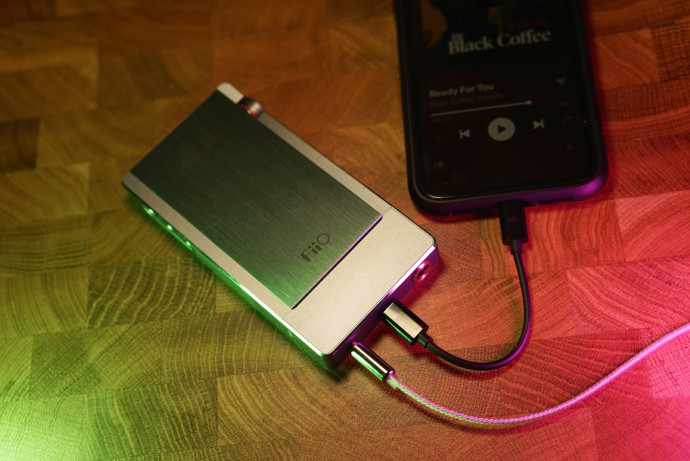
Tonality
Thanks to the digital volume control, there is no imbalance even at low volume, this is rare enough to be noticed. This is true with both single-ended and balanced outputs, so you do not have to worry.
Bass: dry and fast. FiiO has nailed the low end on their last models. The FiiO Q5S-TC never lost composure and always offered a tight, fast bass, even more with the new AM3D module. There is no shallow echo nor dragging sensation, and a whole new 3D effect, with the righ headphones
Test track : Magic – Kylie Minogue
Mids: clean and linear. Gone is the mid-centric sound signature, the FiiO Q5S-TC behaves like a real high-tier DAC. The voices feel natural, maybe too sharp sometimes, but what would you expect from an AKM chip? The bass-boost effect warms up the voices but I never felt that was an issue.
Test track : Saint Honesty – Sara Bareilles
Highs: just on spot. The Q5S avoids the classical upper-mid boost, often found on mid-tier DAC. If that gives a sensation of precision, it can also lead to some sibilant on sensible headphones. None of that was found on the DAC fortunately, and electro tracks such as Naive response from Daniel Avery never scorched my ears.
Test track : Love from NGC 7318 – Barnes Blvd & Tannerelle
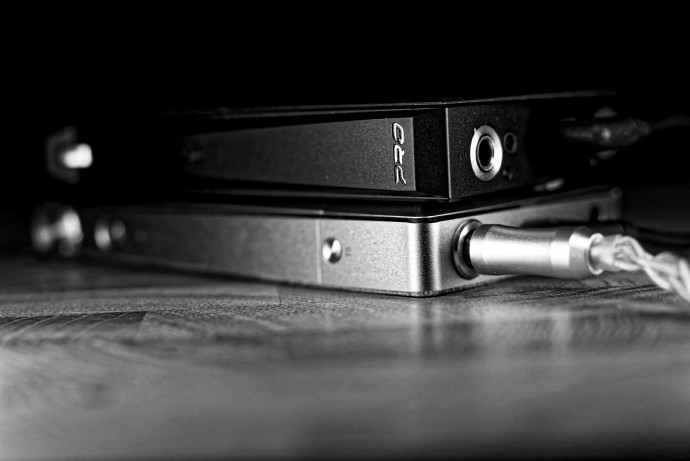
Conclusion
The FiiO Q5S-TC is, again, excellent in every regard.
It’s still supremely versatile, thanks to every input and output available, allowing you to connect almost every source in a matter of seconds. Even more, now that FiiO finally gifted the Q5 a USB-C port which, if not revolutionary, really felt mandatory. At least for a 2020 DAC.
Sound? Superb, as you might expect. The double AKM DAC and the new THX-AAA amp module (AM3D) produce magical wonders, and even if the difference between the previous one and the new Q5S-TC feels subtle, it’s still there. Like how the M11 Pro outperforms the M11.
That said if you want the FiiO M11 Pro, but aren’t totally ready to go for a DAP, get the FiiO Q5S-TC. You’ll get the same sonic prowess, with your same old smartphone, either in Bluetooth or USB. Simple as that.





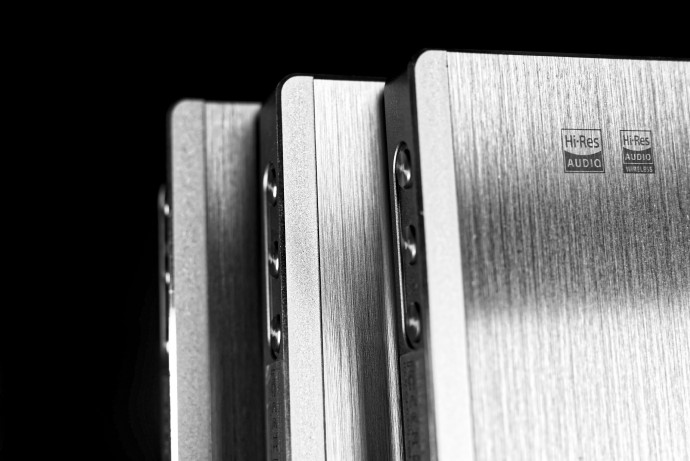
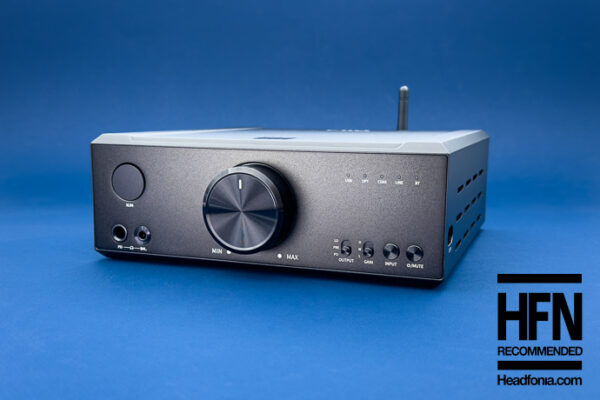
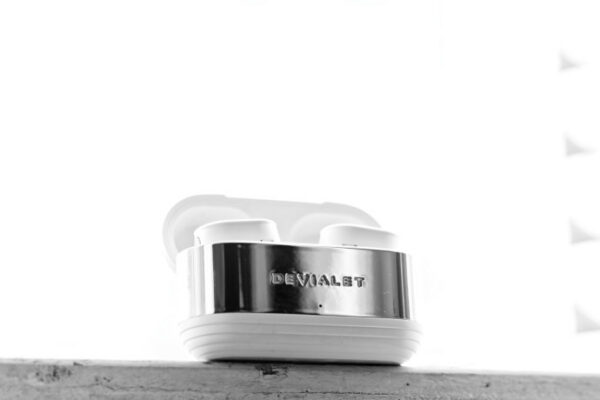
Jobbing
Could someone explain the expected differences between the FiiO ak4493eq (x2) and this month upcoming xDuuo BAL Amp/DAC featuring Es9038Q2m (x2) ?
Azlan Master
Akm is better the those sabre Just becuz the fire incident makes the stock wable n in case 4493..extinct.
Jobbing
That would be FiiO Q5S-TC vs. xDuoo XD-05 BAL (not PLUS) with AES/Ebu
Packgrog
If not using the balanced headphone output, is there much difference between the Q2s and Q2s-TC?
John
Did you notice any advantages in stacking the M11PRO and the Q5S Type C?